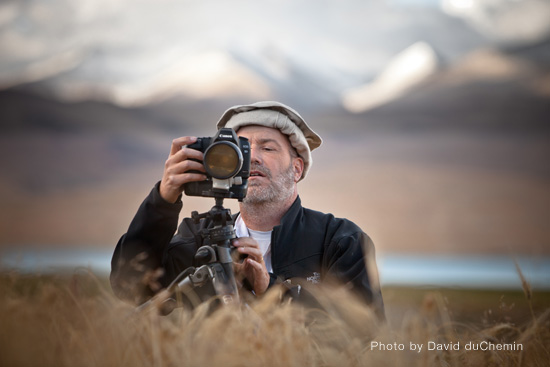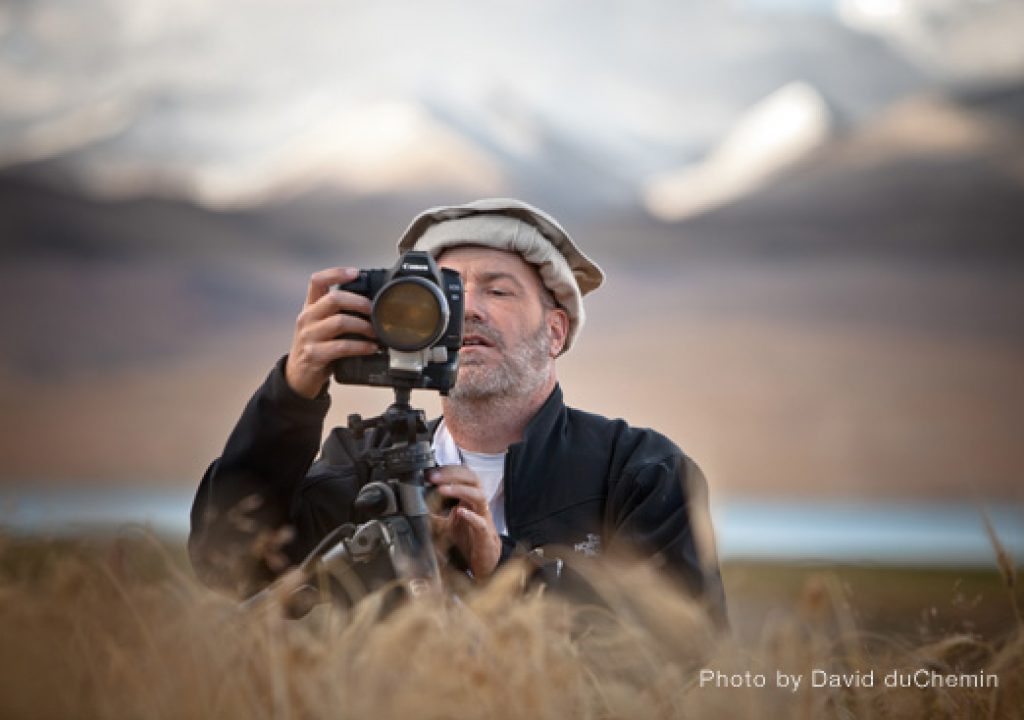
So, you want to get better at taking photos. Ok, great. Are you ready to work at it? I often get this comment either in the form of a question or a declarative statement. It reminds me of my own declarative statement that I keep coming back to: “I need to lose weight.” In many ways both of these problems and their solutions are similar.
For both losing weight and getting better at photography, you need to be determined and willing to work hard to see progress. This is not something that’s just going to happen. You will no more find yourself waking up 30 lbs lighter than you will waking up one day and putting a camera to your face, miraculously start shooting like Steve McCurry. It simply doesn’t happen that way. It takes many hours sweating at the gym, pushing yourself to burn those calories, changing old eating habits and creating new ones. In the same way, it takes the novice photographer hours of working with his kit and a willingness to develop new habits. Neither will happen without time and determination so let me suggest a workout regime for you.
In the gym, you need to know what equipment is used for which purpose. You can’t expect the bench press to tone your legs. It won’t happen; it wasn’t designed to do that. In the same way, you need to know what your camera can do. Learn those buttons and dials. They are not there just to make the camera look cool-they all have a purpose. You may never use them all but you still need to know what they do. Get very familiar with your gear. Not only do you need to know what these buttons do, you need to know where they are even with your eyes closed. No kidding. Every photographer can tell you stories how he or she missed that “Decisive Moment” by lowering the camera from their eye to try to find the ISO or meter button. When you take the camera away from your eye you risk losing the shot. Trust me I know. Here is a drill you can do. Take your finger and touch each button on the camera and say the name out loud. After a few minutes try to do it with your eyes closed. Repeat this till you no longer have to look at the camera. Now try it up to your face. Keep at it till you no longer need to lower the camera from your eye to change a setting (One wish of mine is that camera manufacturers would make the LED readout in the viewfinder brighter. This would make it a little easier to know you got the right button under your finger.)
Not only do you need to know what your camera buttons do, you need to understand what they do. It’s no good knowing where the shutter speed dial is if you don’t understand what the shutter speed does and what it will to do to your image. You need to not only know but also understand your camera. Make no mistake, there is a difference. In fact, this was probably the hardest thing I had to do early on. Knowing that the aperture affects the depth of field is one thing; understanding what the aperture does is another altogether. Realizing you can keep your aperture at f/1.8, but by moving closer or further away from your subject, your depth of field still changes shows an understanding of how this all works. So does knowing that an image shot at f/1.2 evokes a completely different feel in an image shot at f/22. The same goes with shutter speed. Get familiar with what shutter speed you need to use when a person is walking, a bicycle is passing or a car driving to give you just the motion blur you need. Also, understand how the ISO is connected with both the aperture and the shutter speed. Understand the “exposure triangle” and how each part of that triangle affects the other. And for goodness’ sake, take the dang camera off program mode and start shooting in manual, aperture priority or shutter priority! Contrary to what some folks say, program mode does not stand for “professional”. In fact, it is a crutch that controls creativity. It’s like those vibration machines I see at the mall here in Asia. They tell you, you will lose weight with them but the only thing they do is make you lazy and keep you from your hard workout. Program mode will only keep you from learning your craft. Photographer, Bambi Cantrell has a great quote, “Most young photographers can’t tell an f-stop from a bus stop.” Don’t let yourself be one of those.
Every weekday I go to the gym, walk the treadmill and work on my back and abs but the one area in which I fail is my eating habits. I’ll never lose the weight I want because I can’t keep from snacking and returning to the trough. The same thing happens with neophyte photographers. They are going to have to stop some of those old bad habits and start developing new ones. I don’t know all your bad photographic habits but I bet I can guess a few. How familiar does this list sound?
- Framing your subject in the center of the image
- Shooting with a telephoto at a shutter speed too slow to hand hold the camera
- Getting excited and shooting in a hurry, thus not composing your shot
- Not keeping your sensor clean
- Not “zero-ing out” your settings after or before each shoot
- Did I say, shooting in a hurry?
- Using your popup flash just to get the picture
- Using any flash directed straight at your subject
- And lastly, shooting in a hurry
Developing new habits and patterns will keep you from getting a fat database of junk.
I used to have a trainer. He would always harp on me about the details, the small things that I was doing wrong when working out. He would gripe at me for turning my wrists wrong when I was doing curls or the position of my back when doing squats. He kept telling me that if I wanted to see results more quickly to concentrate on my form. I might be pushing this analogy to the breaking point here, but you might call understanding composition and visual weight (how your eye moves around an image) as developing good form in creating an image. There’s a reason why we don’t generally stick the subject in the center of an image. It creates a stagnate image, one without movement. There is a reason why we shoot low to the ground when shooting children; it creates intimacy and keeps them from looking overly vulnerable. Why does shooting in the midday sun make things look flat and boring? These are all examples of ways to take control of the photo and make it yours to communicate your vision–what you want to say. Understanding these things and turning them from happening by luck to happening by intention makes you a better photographer.
No workout regime will work overnight. As I said earlier, it takes time, determination and hard work. So it is with photographers. You can do all the above, but you have to keep at it. You will not see the results overnight. It will take weeks, maybe months. But you will see results. Just as fad diets don’t work for long-term weight reduction, fad photo techniques and image processing will not improve your photography. You can’t get good by cutting corners. Lay off the HDR for now and focus on the skills and techniques listed above and in a few weeks or months you will start seeing a vast improvement.
I hope this helps and gives you some encouragement.

Filmtools
Filmmakers go-to destination for pre-production, production & post production equipment!
Shop Now













